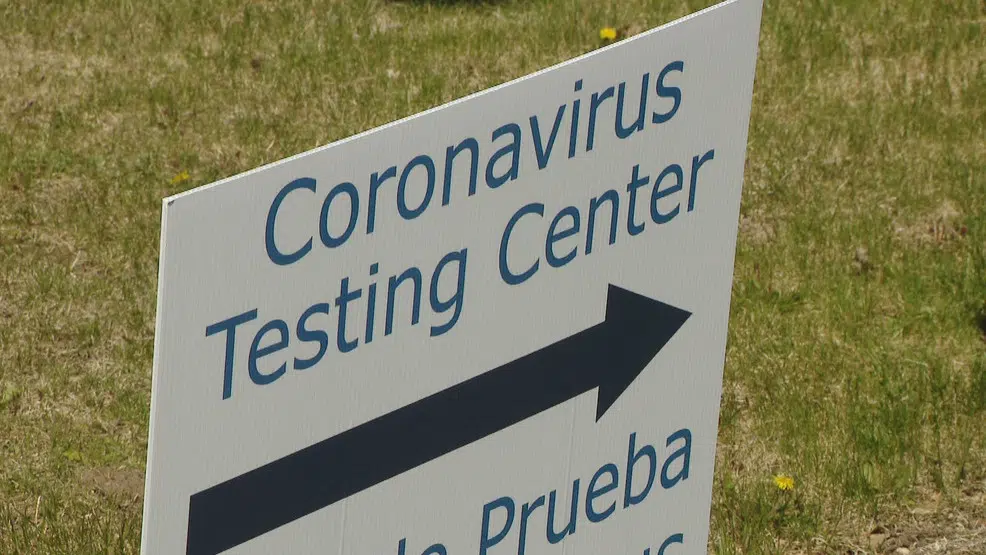APPLETON, WI (WTAQ) – With a high COVID-19 activity level and a rising trend in Outagamie County, along with much of Northeast Wisconsin, local health officials are looking at ways to move out of those categories.
Not much has changed about the actual virus itself, but attitudes towards it seem to have shifted a bit over the past several months.
“What has changed though, I think, is people’s behaviors with the virus,” said Appleton Health Officer Kurt Eggebrecht. “People are having a little COVID fatigue and they’re gathering in groups outside of their household contacts and we know that half of our infections are coming from people who do not have symptoms.”
Eggebrecht has observed a number of people throwing cautions to the wind and getting back out to social gatherings. While there is no order banning or limiting gatherings in the state, it’s still suggested by health experts to limit time around those you don’t live with.
“The person is feeling fine that your co-mingling with, and yet they could be shedding the virus. That’s why we’re seeing an uptick in our part of the state right now…It’s really important that people really take and practice the social distancing and the use of masks and really avoiding non-household members when they can,” Eggebrecht said. “If they’re wearing a mask, they somehow feel they no longer have to maintain that distance, but that’s really in addition to, so it’s both. We can’t relax on the social distancing just by the virtue that we’re wearing a mask.”
There are also concerns as we head towards the annual flu season. The flu and COVID-19 are different viruses, demanding different treatments.
“If you were to become ill, it’s likely that your health care provider will have to test for both. That would be misuse of resources. So if you had the flu shot you can avoid getting the flu in many cases and that at least reduces the severity of it,” Eggebrecht explained.
High percentages, like those reported for COVID-19 recently, can suggest high transmission. Eggebrecht doesn’t think current testing levels are showing a true reflection of the prevalence of the virus in the community.
“Without having that testing in sufficient amounts, we don’t know. A good portion of people don’t know their carrying and shedding the virus,” Eggebrecht told the WTAQ Morning News with Matt and Earl. “The way to reduce both is really to increase that testing, because what that does is it allows public health to do the contact tracing and quarantine of anyone who might have been exposed to a known case.”
But while these current numbers and trends are a point of concern, it’s not the only area that raises eyebrows. There are a lot of questions about what COVID-19’s impact to a human body could be over the course of time.
“What’s concerning to us is that this is a novel virus, meaning it’s never circulated a population before. We really don’t know what the long term health effects will be for those who would do contract this illness,” Eggebrecht said. “It took us two years to really understand that there were some long term issues for people who contracted Lymes Disease, and we don’t know yet with this virus, what the outcomes will be.”





